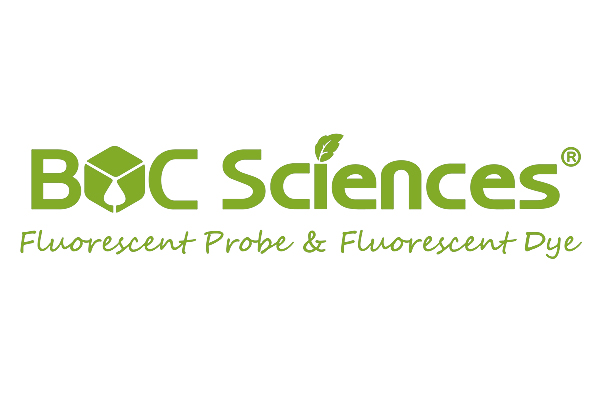Cyanine3.5
-

-

-

-
 Cyanine3.5 DBCO
Cyanine3.5 DBCOCAT:
-

-

-

Background
BOC Sciences is committed to providing customers with high-quality cyanine3.5 dyes.
Cyanine 3.5 is a class of red fluorescent cyanine fluorescent dyes with the fluorescence excitation and emission peaks at around 590 nm and 605 nm, respectively. They can be excited with a 561 nm or 594 nm laser beam during development, and then observed with a filter similar to Texas Red. The extinction coefficient (εmax) and quantum yield (Φ) of Cyanine 3.5 are 116000 and 0.35, respectively.
Dyes with similar fluorescent properties include Texas Red, Alexa Fluor 594, BODIPY TR, DyLight594,etc.
Characteristics of Cyanine 3.5 Dyes
Cyanine 3.5 dyes can be divided into cyanines and sulfonated cyanines according to their chemical structures. Due to their low water solubility, organic co-solvents are required in aqueous labeling reactions. Commonly used organic solvents include DMF, DMSO, and acetonitrile. If you need to label lipid-soluble materials, such as cell membranes, hydrophobic polymer materials,etc., you can choose common cyanine 3.5 dyes. Cyanine 3.5 dyes are stored dry at -20°C and protected from light under inert gas. Cyanine 3.5 dyes have poor chemical and photostability. Cyanine 3.5 dyes have poor chemical and photostability. Compared to sulfonated Cyanine 3.5 dyes, Cyanine 3.5 dyes exhibit less fluorescence brightness and stability, and tolerate shorter exposure times.
Application of Cyanine 3.5 Dyes
Cyanine 3.5 dyes are often used in biomolecular labeling, fluorescence imaging and other fluorescent biological analysis. Cyanine 3.5 dyes greatly enhanced their fluorescence upon binding to proteins. These dyes are less cytotoxic and ideal for very cost-effective labeling of soluble proteins as well as various peptides and oligonucleotides. These dyes are insoluble in water, but they can be effectively attached to water-soluble molecules such as proteins or peptides, and can also be used to label proteins, antibodies, peptides, nucleic acid molecules, and other small molecules including drug molecules and inhibitors
Resources

- Hoechst Dyes: Definition, Structure, Mechanism and Applications
- Mastering the Spectrum: A Comprehensive Guide to Cy3 and Cy5 Dyes
- Fluorescent Probes: Definition, Structure, Types and Application
- Fluorescent Dyes: Definition, Mechanism, Types and Application
- Coumarin Dyes: Definition, Structure, Benefits, Synthesis and Uses
- Unlocking the Power of Fluorescence Imaging: A Comprehensive Guide
- Cell Imaging: Definitions, Systems, Protocols, Dyes, and Applications
- Lipid Staining: Definition, Principles, Methods, Dyes, and Uses
- Flow Cytometry: Definition, Principles, Protocols, Dyes, and Uses
- Nucleic Acid Staining: Definition, Principles, Dyes, Procedures, and Uses
Online Inquiry

